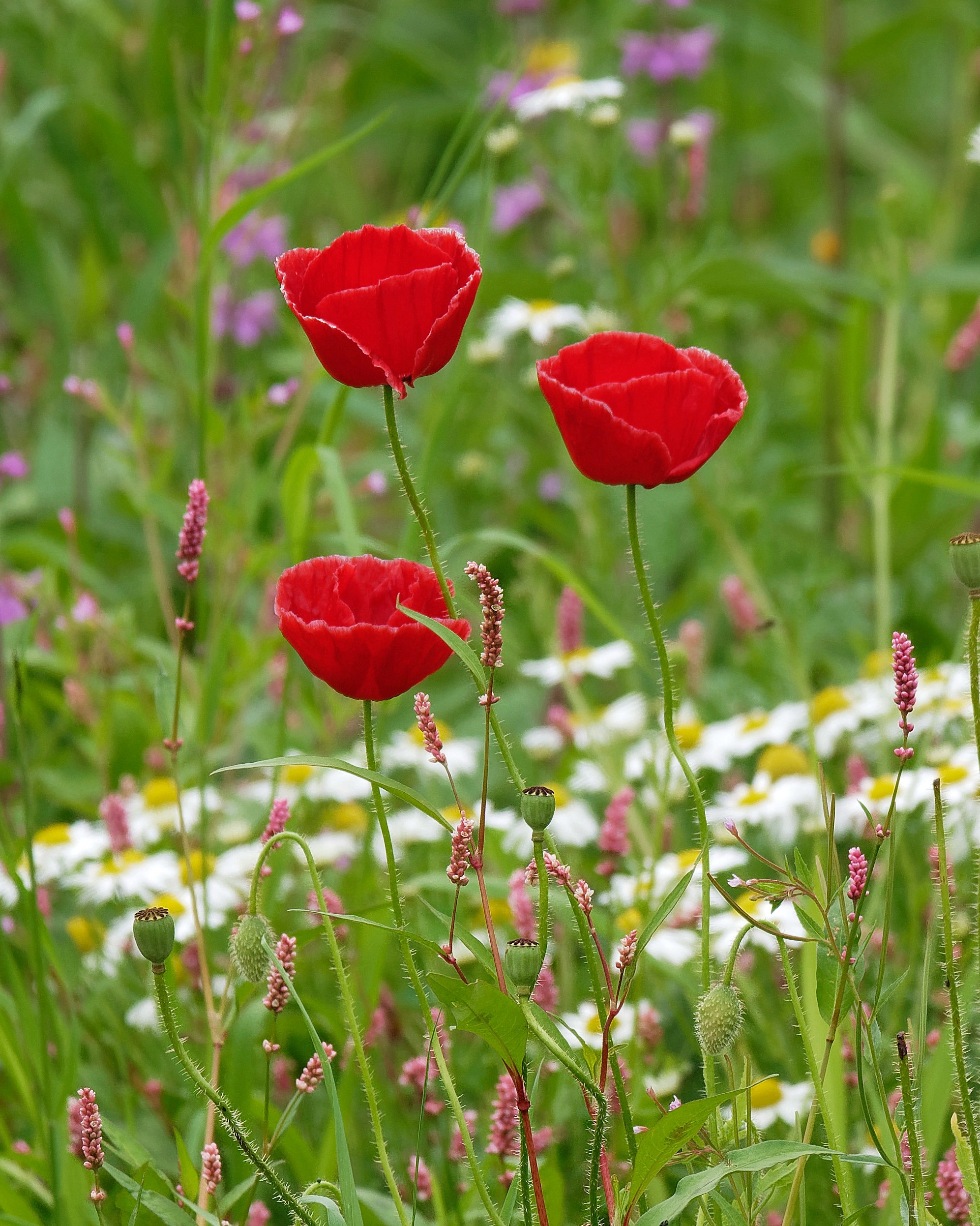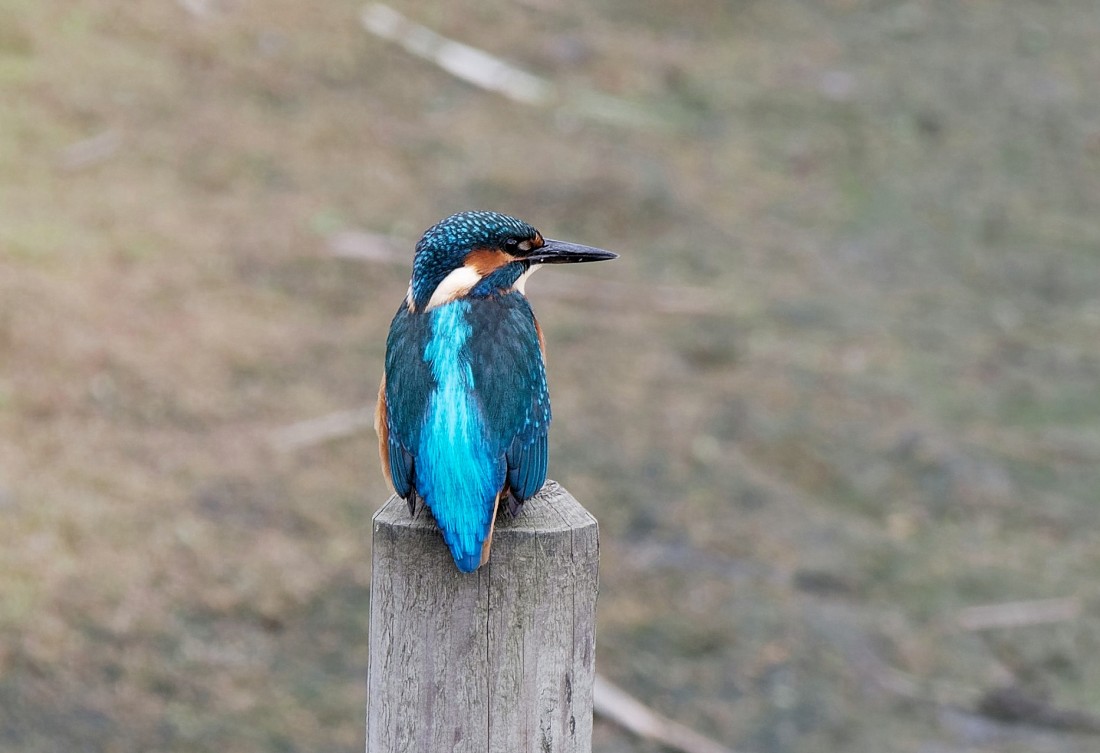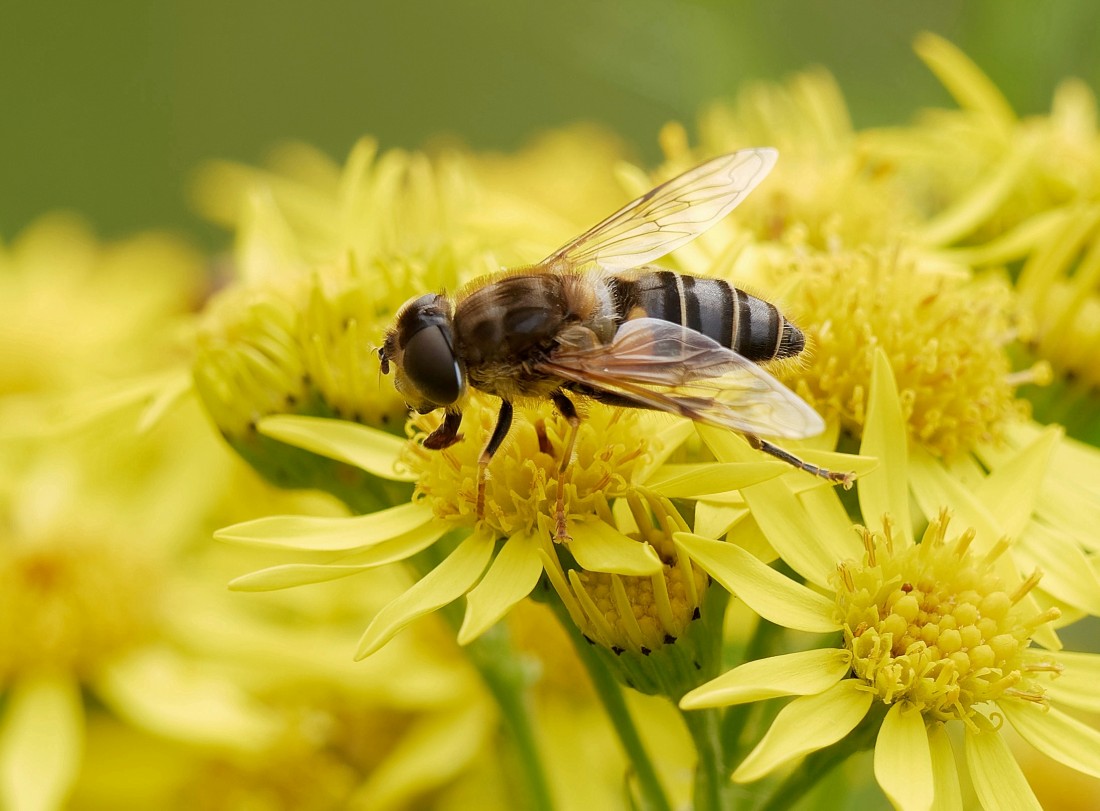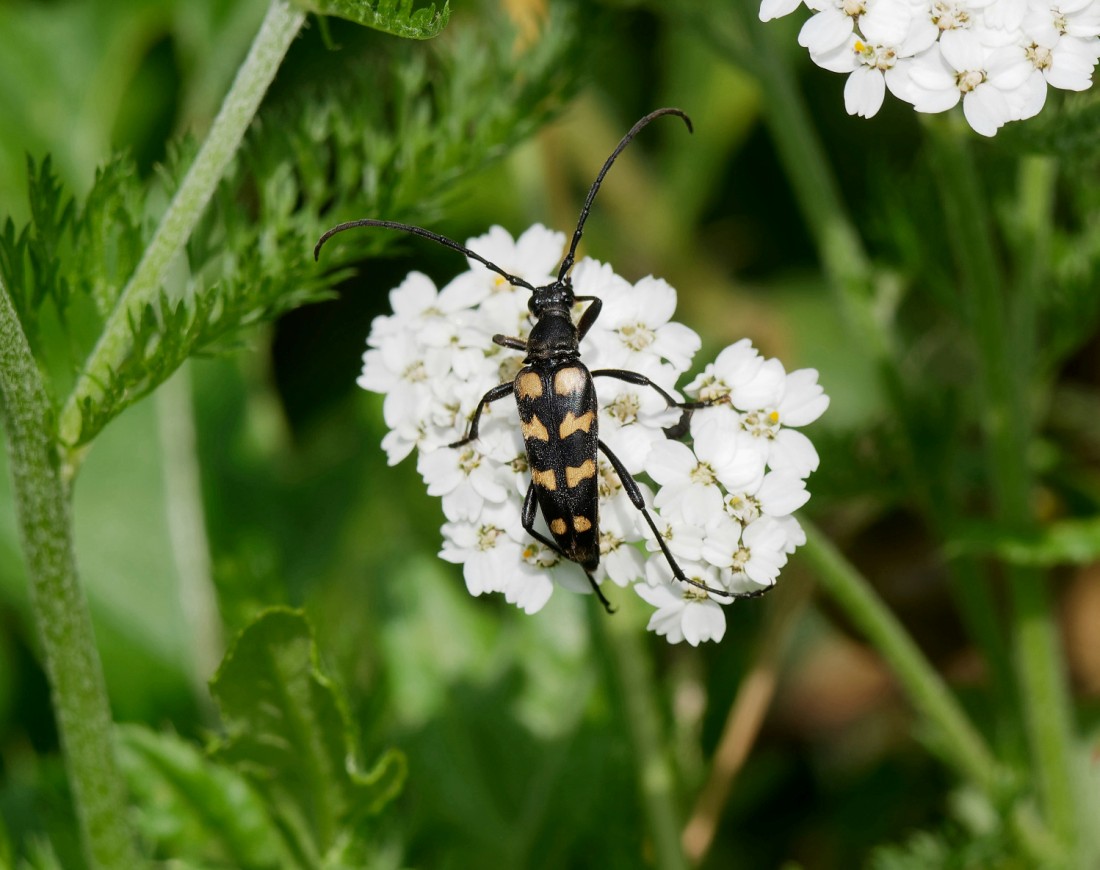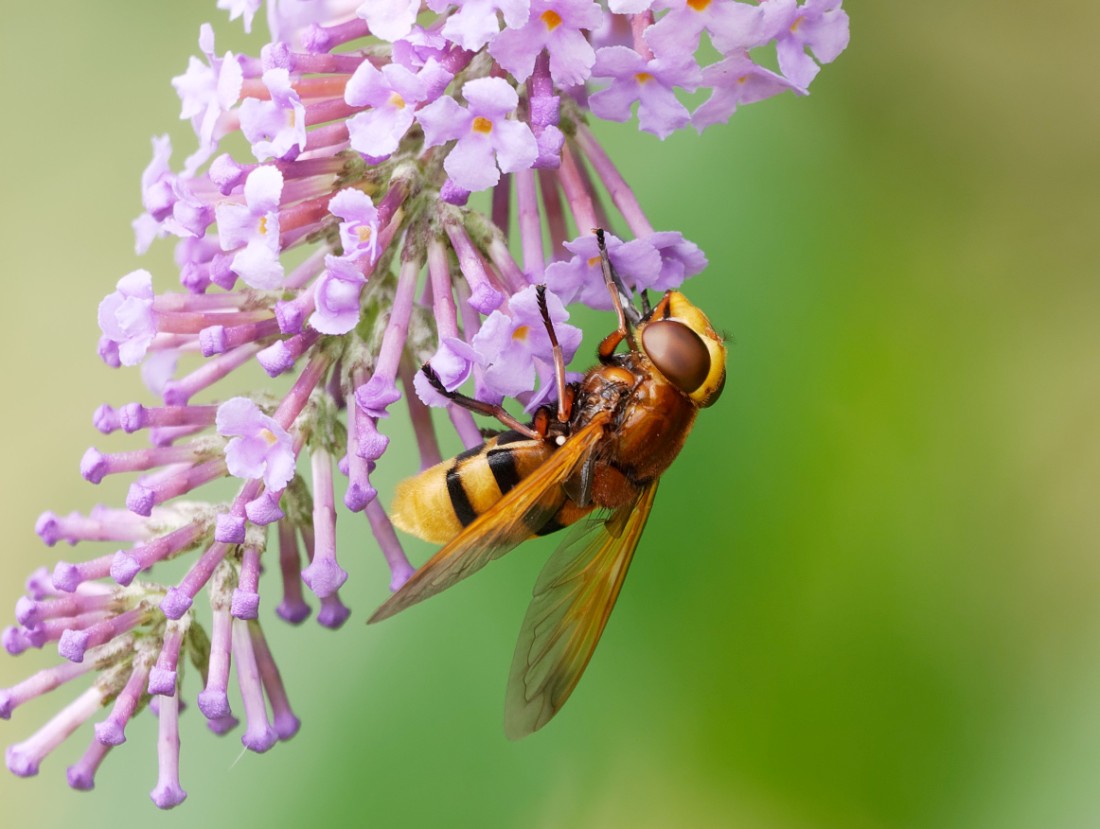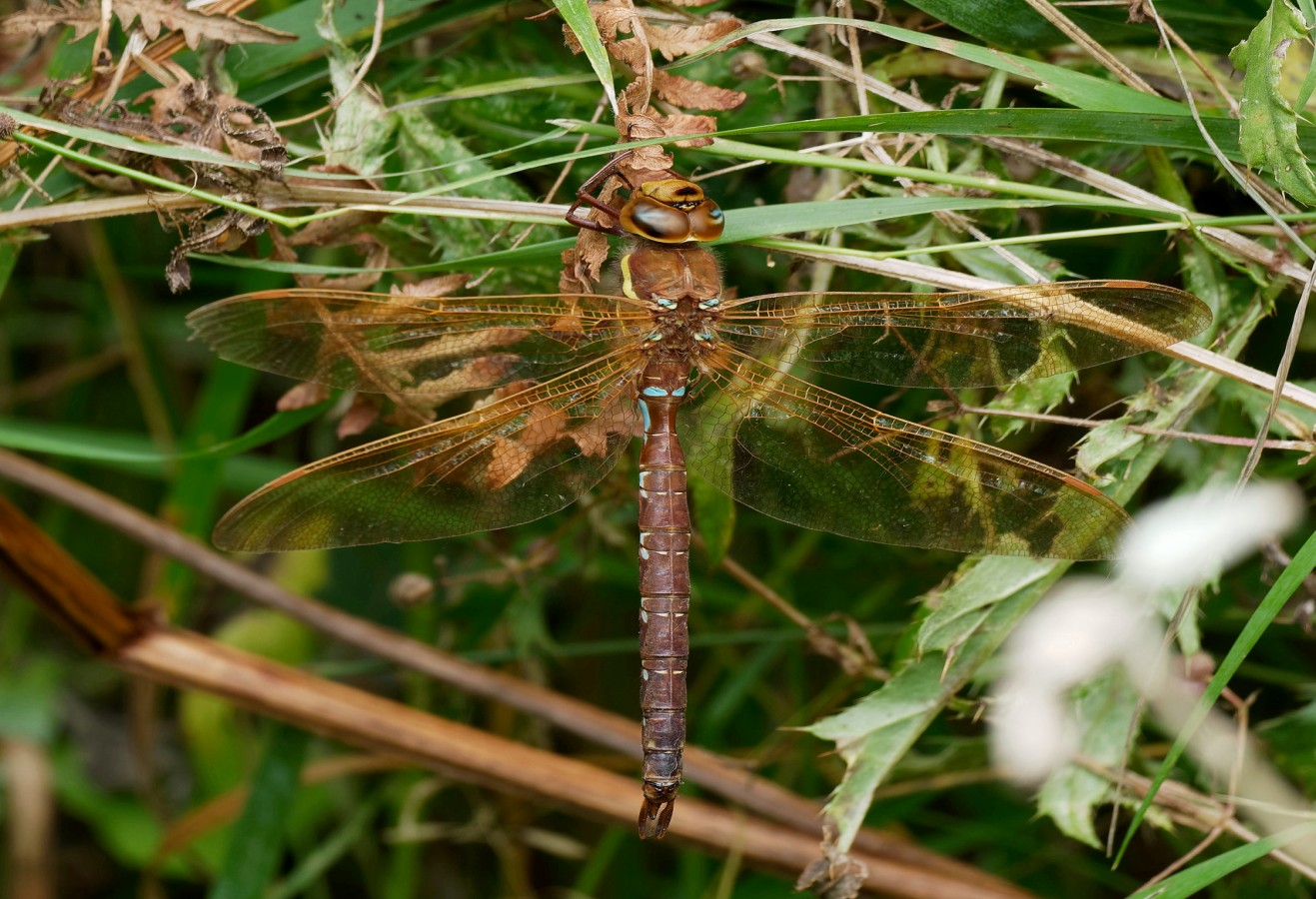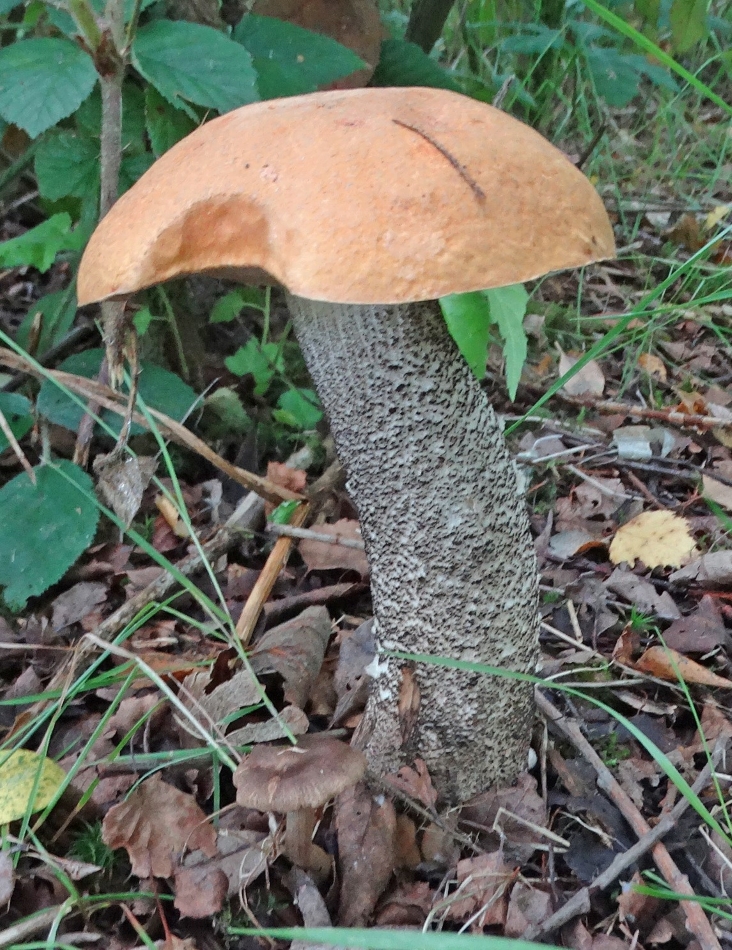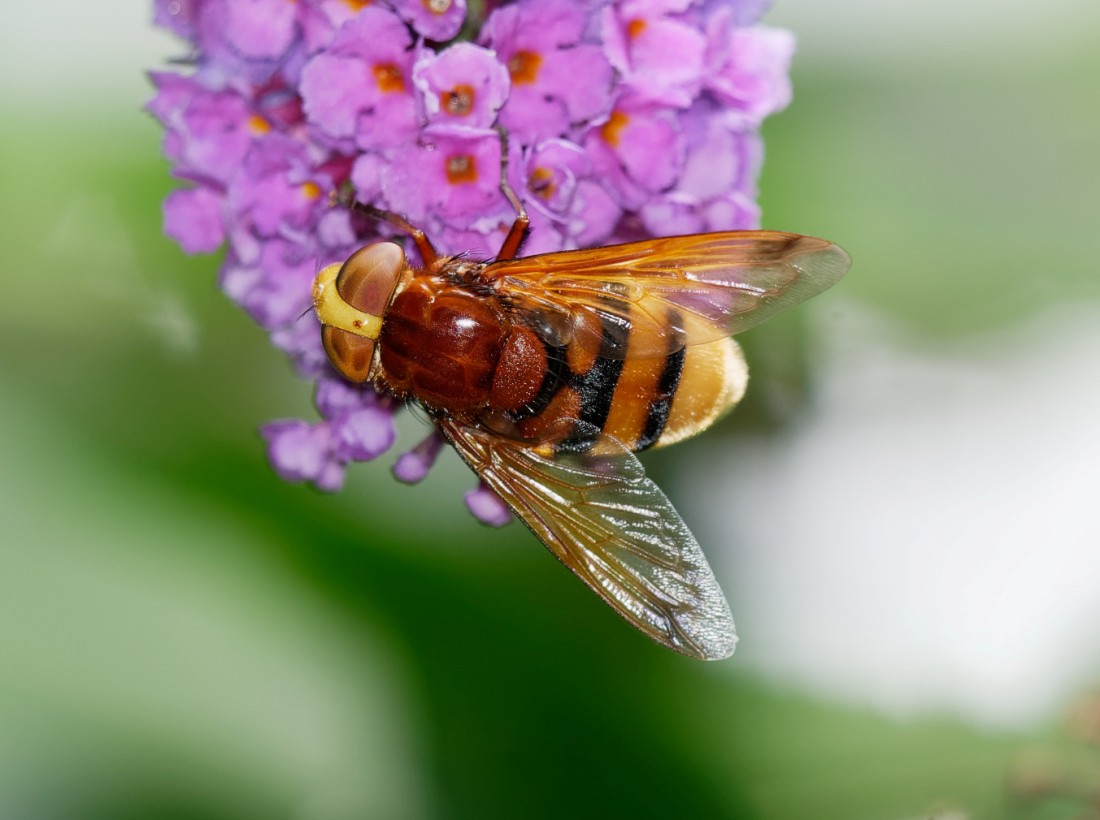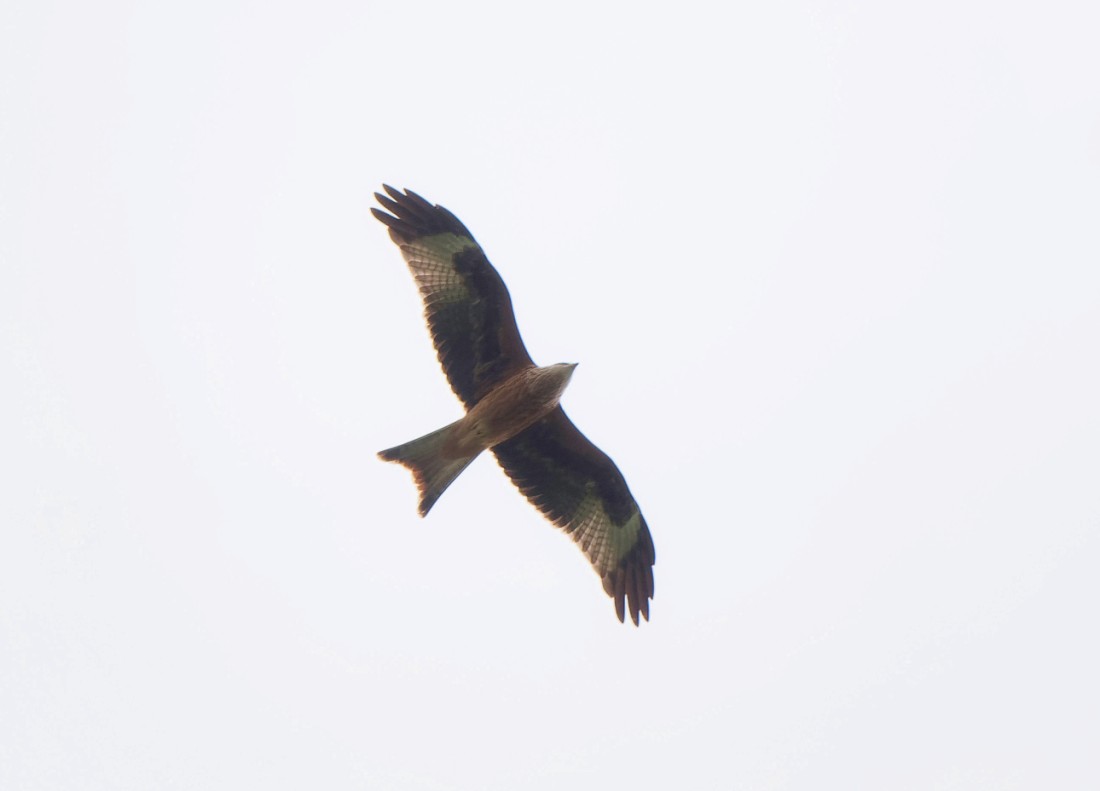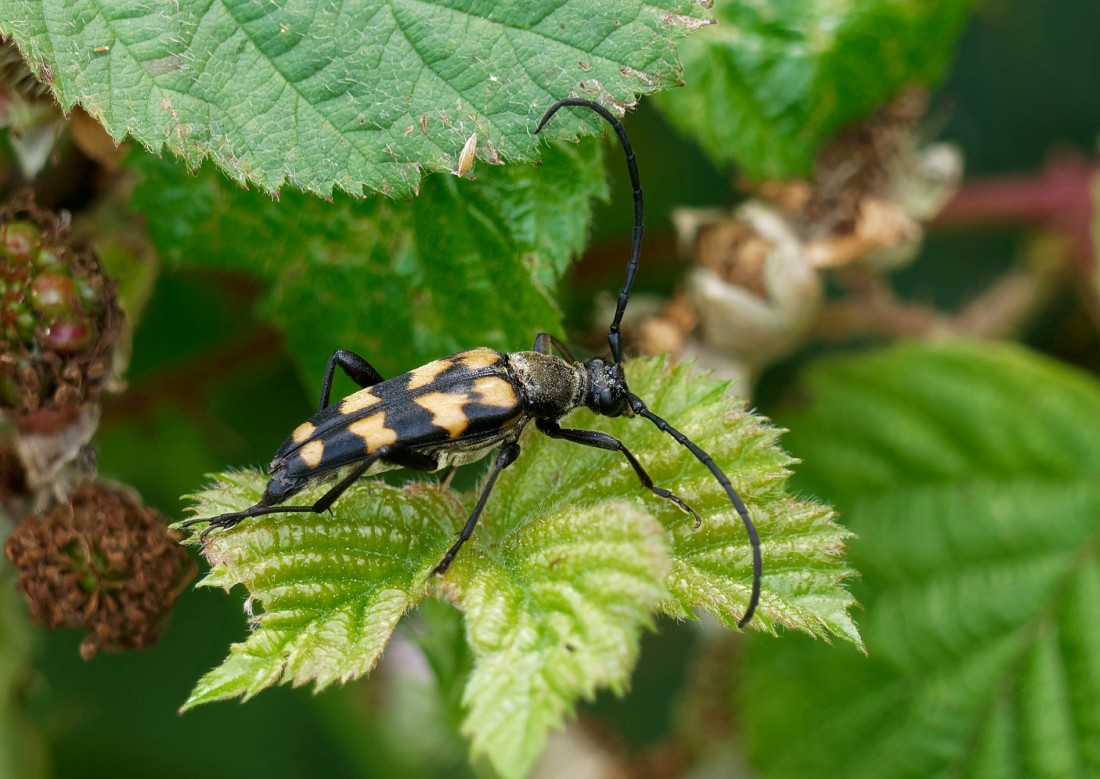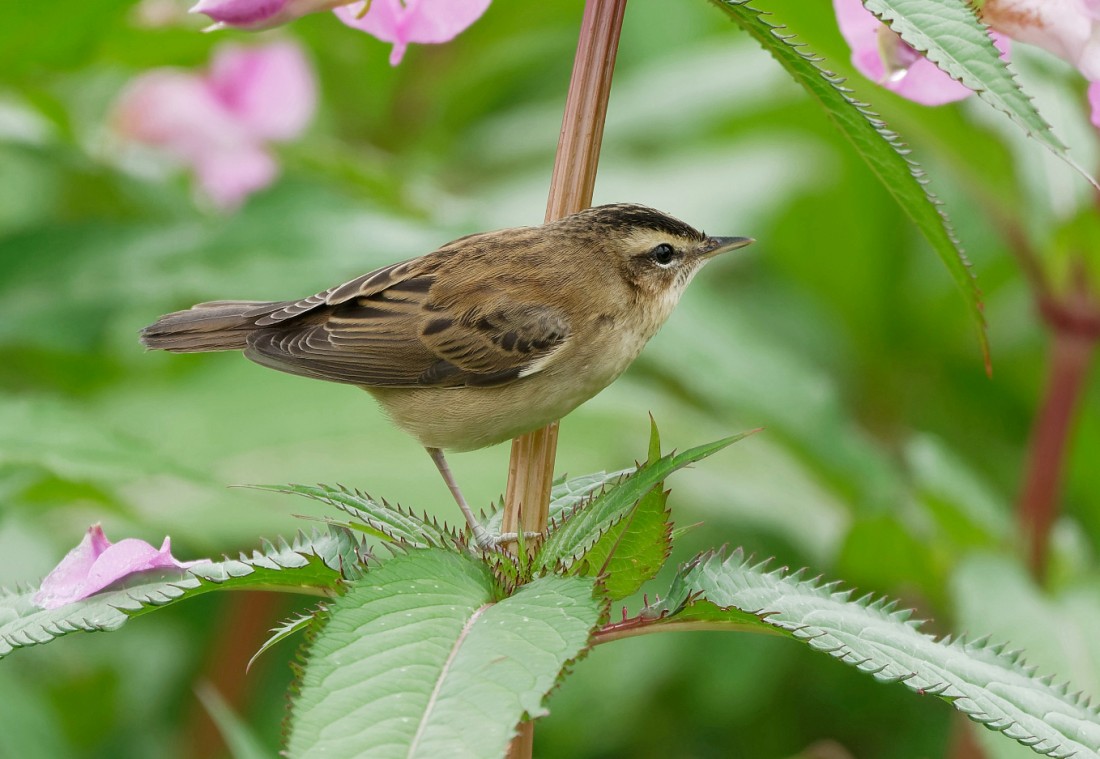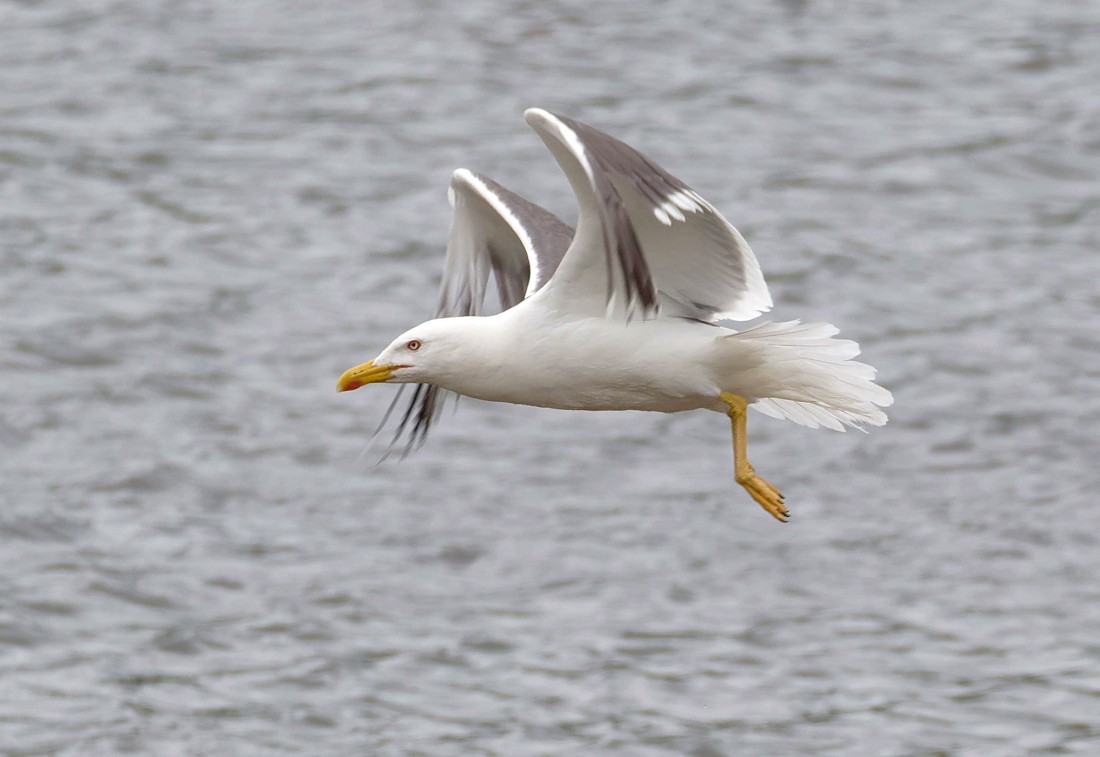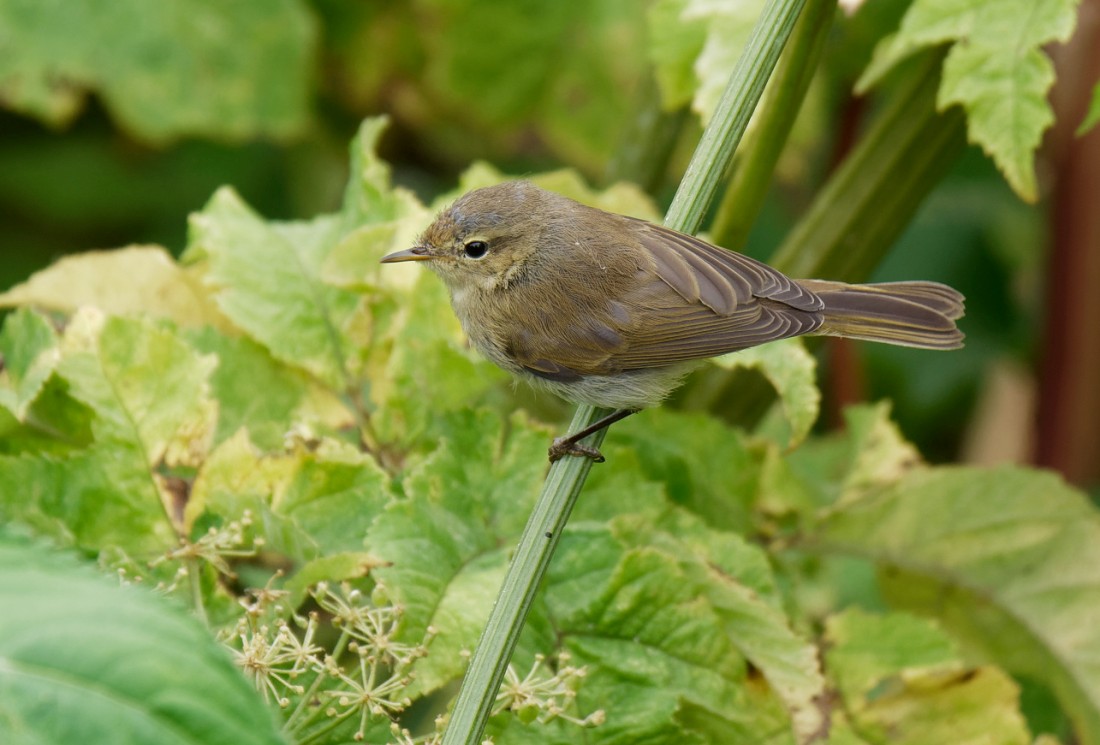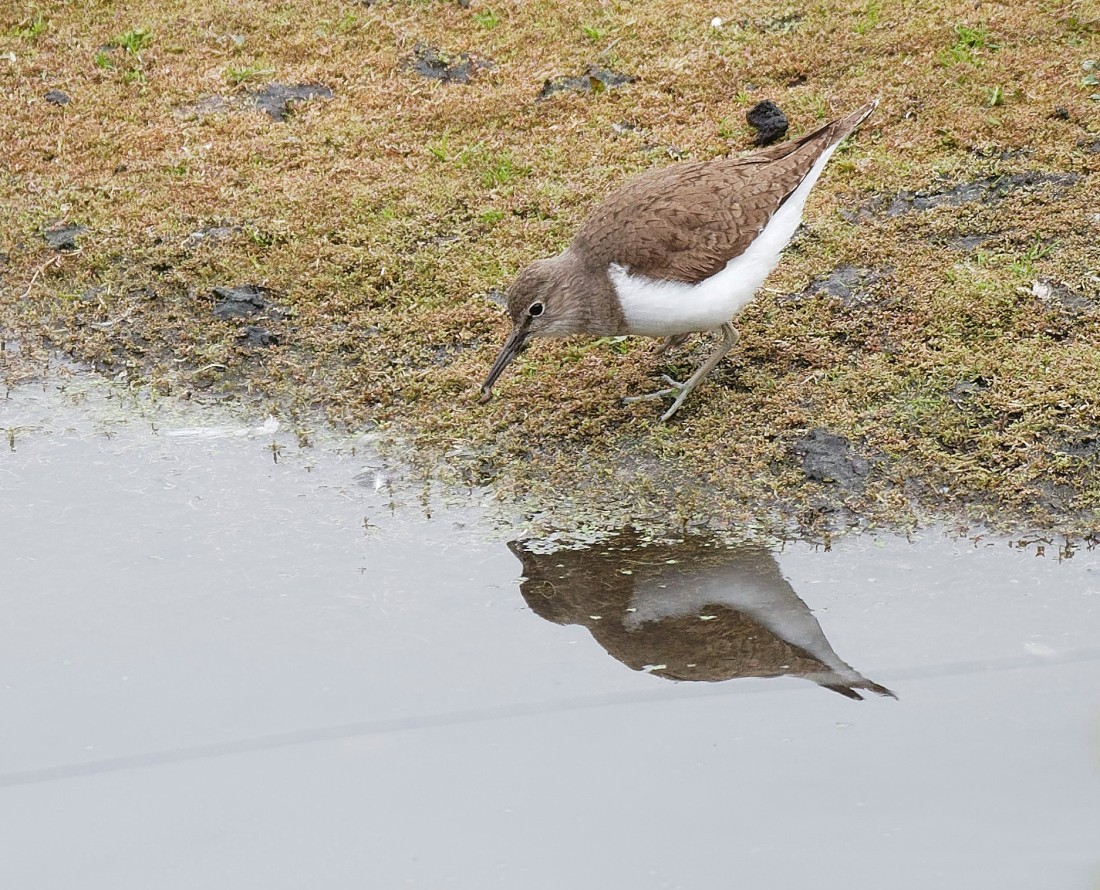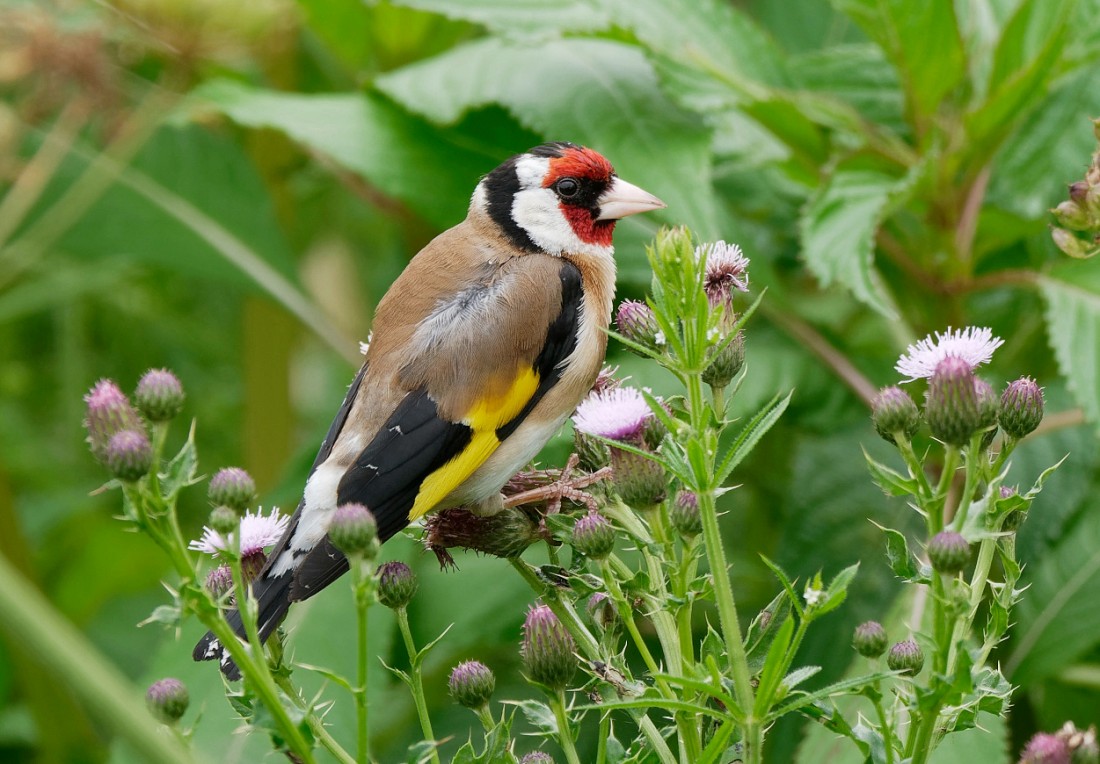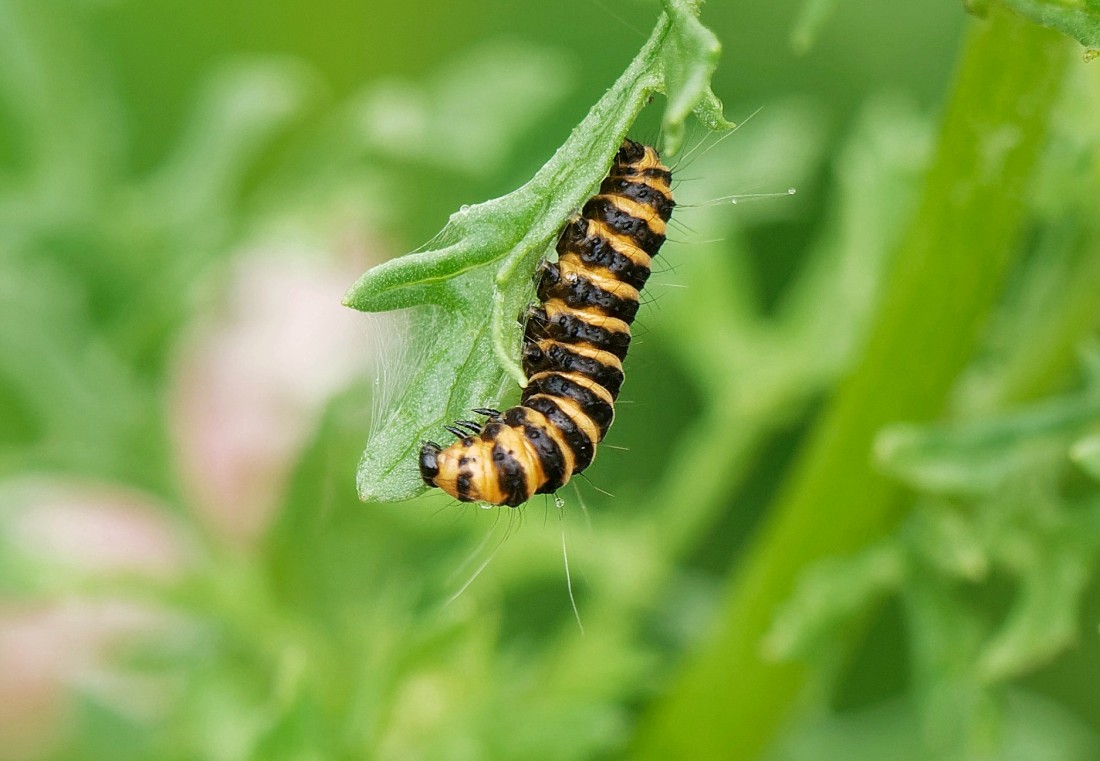Woolston Eyes Monthly Sightings
2020-07-30
Photo of a Black and Yellow (?) Long-horned Beetle. Cheers David
Submitted by: David Bowman
2020-07-30
Three Oystercatchers in front of the Morgan Hide were a good start this morning, followed by 3 Black-tailed Godwits and a Ringed Plover. Swifts were steadily passing southwards at height and by the end of the morning we’d counted 275, along with 25 House Martins and a few Swallows and Sand Martins. The local Hobbies then put in an appearance, attracted no doubt by the wealth of aerial feeders to hunt. The sighting of the morning, though, was undoubtedly the flock of 10 Goosanders which flew in from the north-east, circled the bed and then headed south. Then a Little Egret flew in and settled to feed in front of the South Screen. As I walked off the bed, I managed to find some nice insects, including another Long-horned Beetle and another (or the same) Hornet Hoverfly, the latter, the UK’s largest hoverfly and scarce in Cheshire, on the same Buddleia as the last sighting. Photo of the Hornet Hoverfly Cheers David
Submitted by: David Bowman
2020-07-28
A blustery morning on No.3 bed, with sunshine and the odd shower, brought a few waders, with some of the more interesting local breeders also putting in an appearance. Early on, two Green Sandpipers touched down briefly on the Morgan Hide scrape, while four Black-tailed Godwits fed nearby. The showers caused 130 Swifts and a good handful of all three hirundines to stop to feed, which in turn attracted two hunting Hobbies, which must be breeding somewhere in the vicinity. A family party of five Willow Tits then visited the feeding station and a Kingfisher perched obligingly in front of the hide. Out on the water the count of locally bred juvenile gulls peaked at 97 Lesser Black-backed Gulls and five Herring Gulls. Finally, five more Black-tailed Godwits arrived to feed around the scrape. As I walked off the bed in early afternoon, five Brown Hawkers were noted, along with a Common Darter. Photo of a Brown Hawker Cheers David (with David Spencer)
Submitted by: David Bowman
2020-07-24
Orange Birch Bolete - Leccinum versipelle.
Our 53rd identified fungi species, a group of 3 specimens under Birch scrub located on No1 bed a few days earlier when the caps were smaller and spherical but photographed 24th July. Similar to the more common Brown Birch Bolete, also found under under Birch which has a browner cap.
Submitted by: David Riley
2020-07-26
This link is to a brief video clip from showing the recent Red Kite, plus Black-tailed Godwits, Reed Warbler, Herring Gulls, Goldfinch and if you don’t blink, very brief glimpses of Kingfisher and Hobby!
To watch David’s video Click here….. or copy this link into your browser, https://youtu.be/QqnD193MUDo Cheers David
Submitted by: David Bowman
2020-07-25
Our first day of reopening at, after lockdown, saw us welcome six new permit holders onto No.3 bed, which was pleasing. The birding was fairly quiet, with highlights of four (probably six) Black-tailed Godwits and a distant, soaring Hobby. Swift numbers were lower than recently, too, with maybe 70 passing over or feeding during the morning. As is often the case, the morning ended with a surprise sighting, of a Hornet Hoverfly on one of the Buddleias on the south bank. These are the UK’s largest hoverflies and are a hornet-mimic, evolving to look like a large stinging hornet to deter predation. They are rare in Cheshire, being a predominantly southern species which is slowly expanding its range northwards and is only our second record. Photo of a Hornet Hoverfly Cheers David (with David Spencer, Alan Warford and Brian Baird)
Submitted by: David Bowman
2020-07-23
A nice trickle of migration through No.3 bed made for an entertaining morning. The first arrival was a Green Sandpiper, which dropped onto the scrape, only to be flushed away by the milling mass of Lesser Black-backed Gulls. 235 of these large, predatory gulls, from the local breeding colony, were out on the water, with the 197 juveniles counted indicating a very productive breeding season. Then 3 Black-tailed Godwits tried to land on the scrape but thought better of it and settled in front of the South Screen, where they were joined by an early returning Snipe. Over the morning there was a steady build up of feeding Swifts, till 200 were overhead. Inevitably, a Hobby arrived to scythe through the flock though, this time, I didn’t see it catch. As is often the case, the best was saved for last, when a Red Kite drifted in from the north-east and circled over the lagoon before heading over the Morgan Hide and away to the west. Photo of the Red Kite Cheers David
Submitted by: David Bowman
2020-07-21
A warm, still morning on No.3 bed started well, when a Green Sandpiper dropped onto the Morgan Hide scrape, while 200 Swifts were feeding overhead before drifting off to the east. It was also the first morning to see the arrival of the offspring from the nearby Lesser Black-backed Gull breeding colony, when 69 fresh juveniles and 15 adults arrived. Then it was a butterfly survey, which produced counts of: 1 Purple Hairstreak, 2 Speckled Woods, 3 Gatekeepers, 9 Commas, 17 Red Admirals, 48 Peacocks and a few Whites. Wandering round in the sunshine also gave me the chance to enjoy some of the great variety and volume of insects which inhabit the path-side vegetation. Best find was a Long-horn Beetle (4-banded, maybe?). Then it was back to the Morgan Hide where the morning was capped off by the arrival of two stunning summer plumaged Black-tailed Godwits. A final note of interest was of a report from a local garden, just across the Ship Canal, where a juvenile Cuckoo arrived to sit on a fence post before narrowly missing being snatched by a passing Sparrowhawk. Hopefully, this bird was an offspring of one of the several Cuckoos which were present on the Reserve earlier in the summer. Photo of the Long-horned Beetle Cheers David
Submitted by: David Bowman
2020-07-18
When you get a morning of unceasing drizzle in July you hope for three things: that passing waders or terns will drop in, that you’ll find the odd, grounded passerine migrant and that you’ll be treated to a spectacular arrival of Swifts and/or hirundines. Today, we were lucky enough to manage all three. Early on, a Green Sandpiper landed briefly on the Morgan Hide scrape followed by a Greenshank circling the bed a couple of times before flying west. As the drizzle strengthened Swifts started to pour through, with 280 counted by the time we headed off to check out the developing wetland on No.4 bed. It was worth the soaking, for the sight of another 500 feeding Swifts, along with 40 House Martins, 30 Sand Martins and 10 Swallows - little wonder that 2 Hobbies had put in an appearance earlier on. Finally, a grounded Wheatear put the cap on a rewarding morning. Photo of a Sedge Warbler Cheers David (with Helen Wynn , Alan Warford and Brian Baird)
Submitted by: David Bowman
2020-07-16
The new wetland on No.4 bed is slowly taking shape. About a quarter of the total area has now been shaped and landscaped, with bunds and islands in place. Although it was all drained to allow the work to take place, it is now starting to gather water in channels and small pools. This morning’s survey turned up a Green Sandpiper, along with 60 Lapwings, with 100 Swifts feeding over head. The dense growth of seed-rich Redshank is already starting to attract feeding Linnets, Goldfinches and warblers and, as the bed floods later in the year, will provide rich feeding or wildfowl. Back on No.3 bed, a single Black-tailed Godwit and two Ravens passed through and just one juvenile Black-necked Grebe remains. As ever, marauding Lesser Black-backed Gulls from the local breeding colony were cruising the bed and once again took a young Moorhen from a late brood. Photo of a Lesser Black-backed Gull Cheers David (with Dave Steel)
Submitted by: David Bowman
2020-07-15
This link is to a two minute video showing: a couple of the remaining juvenile Black-necked Grebes, a feeding Chiffchaff, bathing Lapwings, a Grey Heron catching a small fish, a Kingfisher, two Green Sandpipers and two juvenile Peregrines, one with prey near the nest site and the other actively hunting over No.3 bed.
Click here….to watch David’s video
or enter the this link into your browser, https://youtu.be/1RM_kj2s8zE Cheers David
Submitted by: David Bowman
2020-07-14
Mid-July sees a lot of change on the Reserve. Most of the Black-necked Grebes have left on their southward migration, with just three juveniles remaining and the Black-headed Gull colony has also dispersed, leading to an eerily quiet No.3 bed. Despite this, it’s also one of the most exciting times of year, as we open the sluice gate and start to lower the water level on the bed. This has a number of benefits for the habitat, strengthening the reed beds and increasing the volume of aquatic invertebrates for the grebes and diving ducks during the next breeding season. It also exposes ever-increasing areas of mud tempting passage waders to stop over and feed. Over the weekend a Little Egret, 3 Black-tailed Godwits and a Common Sandpiper were reported, while this morning it was two Green Sandpipers and a Curlew with, hopefully, much more to come. Sighting of the morning though, was undoubtedly the juvenile Peregrine which circled the bed a couple of times before rocketing across the bed to snatch a Black-headed Gull at eye level, right in front of the Morgan Hide. Spectacular! Otherwise, 3 Kingfishers, 4 Water Rails and a couple of Cetti’s Warblers were noteworthy. Photo of a Chiffchaff Cheers David
Submitted by: David Bowman
2020-07-09
On a murky morning I started early on No.3 bed, before holding a progress meeting on No.4 bed about the wetland development. It was a lively couple of hours on No.3 bed, with: the few remaining, fully-grown juvenile Black-necked Grebes practising their flight skills prior to departure; a late Grasshopper Warbler reeling at the side of the path: a Common Sandpiper dropping in to feed; ten Black-tailed Godwits flying through on return passage from their Icelandic breeding grounds: and a Hobby causing the 100 feeding Swifts to take evasive action. On No.4 bed, for the second time this week, we watched another (or the same) Hobby snatching a Swift out of the feeding flock. We made good progress with the wetland technicalities, too, setting out the position of the southern bund and deciding what to do with a 200 yard long raised stone track we discovered hiding in the Giant Hogweed forest - broken into sections it’ll make a number of ideal and durable nesting islands for gulls/terns/waders. Altogether, an excellent morning. Photo of the Common Sandpiper Cheers David
Submitted by: David Bowman
2020-07-07
The day started well, with a productive meeting with our contractor, reviewing progress with the No.4 bed wetland development. While sorting out some boundary issues, a Hobby flew over in pursuit of Swifts and four Ravens were mooching about, disturbing the roosting Black-headed Gulls. Then it was on to No.3 bed, in the hope of picking up a passing tern or wader, brought down by the increasingly heavy drizzle. Despite a long period of scanning, I was out of luck but happy to settle for observing the various breeding birds. Some of the Black-necked Grebes, both adults and juveniles, have already started to disperse and three fully grown juveniles were testing their wings with short, low flights over the water, so will soon be gone, too. Several juvenile Great Spotted Woodpeckers and juvenile Nuthatches were almost certainly from nearby nest sites, while the dense vegetation was full of young warblers, including Blackcaps, Chiffchaffs, Whitethroats and Reed Warblers, plus the odd Cetti’s Warbler, Garden Warbler and Lesser Whitethroat and plenty of Reed Buntings. Photo of a Goldfinch Cheers David
Submitted by: David Bowman
2020-07-04
Thursday was drizzly, which brought down the odd wader, including Common Sandpiper, Redshank and Oystercatcher. The highlight, though, was the Hobby which swept past us on No.4 bed before going in to a steep climb to catch one of the 300 Swifts which were feeding over the Reserve. Today was equally drizzly and the highlight of a day without much movement was the habitat. On No.1 bed, 18 new pools have been created, on a large area where the tipping of stony waste has finished. The surrounding stony soil is slowly turning into the most flower-rich area on the Reserve. Walking through the knee-high fine grasses, we noted masses of the following wildflowers: Fumitory, Ribbed Melilot, Melilot, Purple Loosestrife, Centaury, Scentless Mayweed, St. John’s Wort, Red Clover, White Clover, Birds-foot Trefoil, Corn Poppy, and others. In a couple of years, when the work is finally finished the whole northern part of the bed should be a sea of wildflowers surrounding a network of pools, providing habitat for breeding waders, Skylarks and amphibians.. Allied to the major new wetland on No.4 bed, it makes for an exciting prospect for our birds and other wildlife. Photo of a Cinnabar Moth caterpillar Cheers David (with Dave Steel and Helen Wynn)
Submitted by: David Bowman
2020-07-01
The link is to a short(ish!) video showing some of the activity over the past week. It shows: some of the hundreds of Gadwall which gather to moult on No.3 bed at this time of year; all of the 14 remaining young Black-necked Grebes (the 3 full-grown ones having departed); one of the 10 Tufted Duck broods; Great Crested and Little Grebe young; the Lapwing chicks from the Morgan Hide scrape; a preening drake Teal; a feeding Reed Warbler; Reed Bunting young being fed; 3 distant Common Sandpipers; an adult Black-headed Gull regurgitating food for 3 young; a juvenile Peregrine at the nest site, with the female nearby finishing off the remains of a kill; a passing Little Ringed Plover; a Kingfisher; and a Mediterranean Gull.
Click here to watch David’s video…… or enter the link, https://youtu.be/OQBETAfr74k into your browser
Cheers David
Submitted by: David Bowman


